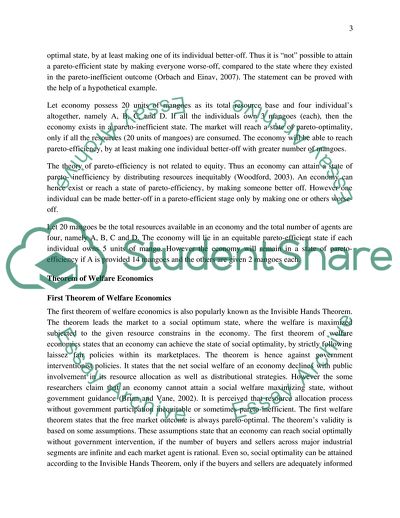Cite this document
(Intermediate Microeconomics Essay Example | Topics and Well Written Essays - 2000 words, n.d.)
Intermediate Microeconomics Essay Example | Topics and Well Written Essays - 2000 words. https://studentshare.org/macro-microeconomics/1835305-intermediate-microeconomics
Intermediate Microeconomics Essay Example | Topics and Well Written Essays - 2000 words. https://studentshare.org/macro-microeconomics/1835305-intermediate-microeconomics
(Intermediate Microeconomics Essay Example | Topics and Well Written Essays - 2000 Words)
Intermediate Microeconomics Essay Example | Topics and Well Written Essays - 2000 Words. https://studentshare.org/macro-microeconomics/1835305-intermediate-microeconomics.
Intermediate Microeconomics Essay Example | Topics and Well Written Essays - 2000 Words. https://studentshare.org/macro-microeconomics/1835305-intermediate-microeconomics.
“Intermediate Microeconomics Essay Example | Topics and Well Written Essays - 2000 Words”. https://studentshare.org/macro-microeconomics/1835305-intermediate-microeconomics.


